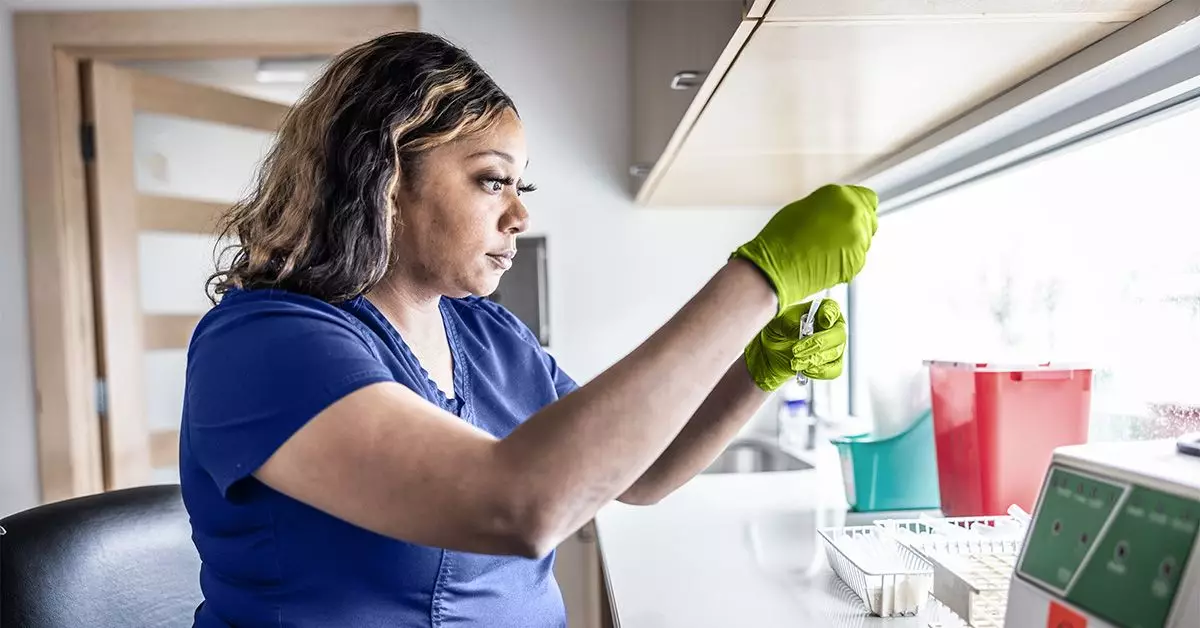Aggressive Natural Killer Cell Leukemia (ANKL) stands as one of the more obscure yet dangerous branches of hematological malignancies. Affecting natural killer (NK) cells—an integral part of our immune defense—ANKL represents a rare form of blood cancer characterized by the uncontrolled proliferation of these abnormal cells. Unlike typical white blood cells that work harmoniously within the immune system to eliminate pathogens and detect tumors, the NK cells in ANKL lose their effectiveness, thus compromising the body’s defenses and leading to calamity as they outnumber and suppress healthy blood cells.
This disease is not just another cancer; it carries a distinct and often overlooked set of symptoms and complications. From sudden fever to abdominal discomfort marked by splenomegaly, the manifestation of ANKL can result in a fraught clinic scenario, often leading to a misdiagnosis or delayed treatment. This dire situation arises from the disease’s rarity and its rapid clinical onset, presenting an ominous challenge to healthcare providers who are already grappling with myriad other conditions that exhibit overlapping symptoms.
The Immune System’s Double-Edged Sword: Hemophagocytic Lymphohistiocytosis
A particularly alarming consequence of ANKL is the emergence of Fulminant Hemophagocytic Lymphohistiocytosis (HLH), a severe inflammatory condition causing extreme overactivation of the immune system. This hyperactive state can spiral into a catastrophic situation, culminating in organ failure. The most common trigger for this condition is the Epstein-Barr virus (EBV), a ubiquitous pathogen that often cycles through a person’s life without notable symptoms. Yet in individuals predisposed to ANKL, EBV can act as a catalyst, releasing viral proteins that hijack NK cell functionality.
The numerous symptoms associated with HLH—ranging from persistent fever to incredibly subtle weight loss—mask the deeper, underlying malady and challenge clinicians in diagnosing ANKL. The disease presents what could be mistaken for common viral infections, thereby complicating timely intervention. The largely silent nature of NK cell dysregulation only heightens this issue, revealing a pressing need for better awareness and diagnostic protocols.
Demystifying the Risk Factors
A significant part of understanding ANKL involves unraveling its risk factors. While anyone could potentially develop this malignant condition, evidence suggests a higher incidence among individuals of Asian descent, with an average age of onset around 40. Notably, the relationship between EBV infection and ANKL is of particular concern. A majority of cases categorized as “EBV-positive” highlight the virus’s insidious nature and its capability to lie dormant—waiting years to trigger a malignancy.
However, it would be a misunderstanding to limit ANKL solely to EBV-positive patients; “EBV-negative” cases also exist, further complicating the profile of this disease. These cases are typically identified in older adults and are distributed across a broader ethnic demographic. The aggressive nature of both variants signals to researchers and oncologists that, despite differences, every case warrants the same urgency and dedication in treatment planning.
The Diagnostic Dilemma: Early Intervention in Jeopardy
Diagnostic challenges abound when dealing with ANKL. Given its rarity and the overlapping symptoms with more common ailments, there is a substantial risk of misdiagnosis or a year-long quest to pinpoint the underlying issue. The lack of unique pathologic features, coupled with an absence of standard immunophenotyping markers, further obscures the disease’s presence. Yet, the urgency of early detection cannot be overstated; studies reveal that even a slight delay can dramatically influence the disease trajectory and patient survival rates.
For medical professionals, leveraging advanced testing methods, including repeated blood and bone marrow sampling, is imperative. Flow cytometry emerges as a vital tool in identifying cancerous NK cells, yet many practitioners may not fully appreciate the need to routinely conduct these analyses. Thus, a more proactive stance needs to be cultivated within diagnostics to keep the aggressive nature of ANKL from taking patients by surprise.
Current Treatment Approaches and Future Directions
As it stands, treatment options for ANKL remain limited but are gradually evolving. The combination of chemotherapy and radiation—including powerful agents like L-asparaginase—has shown promise but falls short of delivering universally favorable outcomes. Clinical trials represent a lifeline, offering hope for individuals grappling with this aggressive form of leukemia. Regimens like the SMILE protocol—which combines multiple chemotherapeutic agents—have demonstrated some success, yet the survival rates underscore an urgent need for more effective therapies.
Innovative research that focuses on understanding the genetic and molecular underpinnings of ANKL may unlock new avenues for treatment. Moreover, the potential for hematopoietic stem cell transplantation (HSCT) following initial chemotherapy demonstrates how collaborative care strategies could improve outcomes. In a field characterized by its aggressive nature, a greater emphasis on research could catalyze much-needed advancements in how ANKL is treated—whether through novel therapies, better diagnostic tools, or improved patient education.
While we still grapple with a lack of clarity around the best practices for managing ANKL, we must simultaneously champion awareness and advocate for more significant investment in research. Only through sustained efforts can we hope to demystify this dire disease and improve the outcomes for those affected by it.

